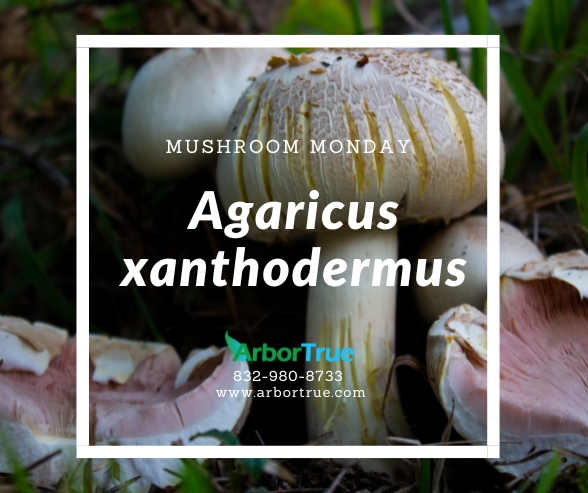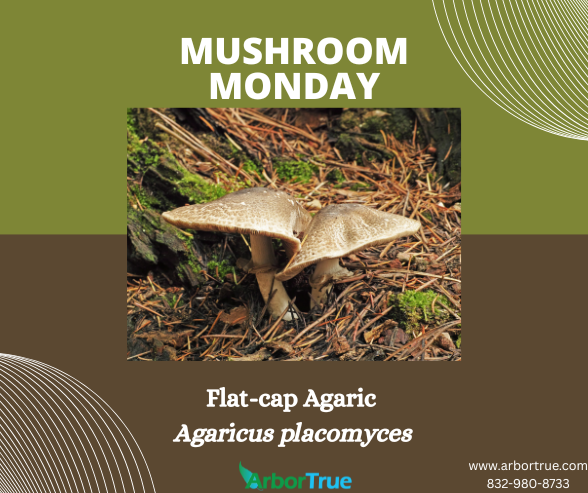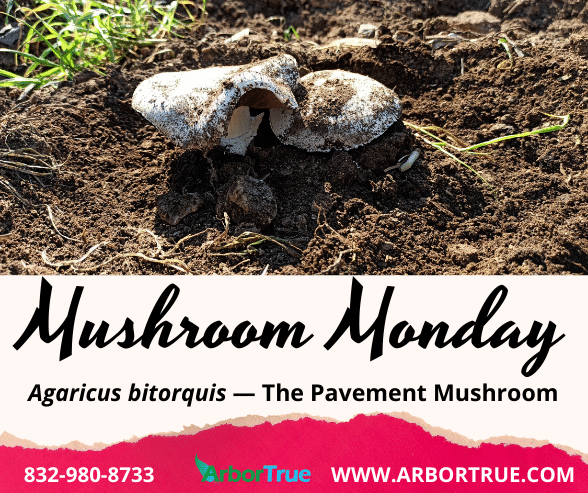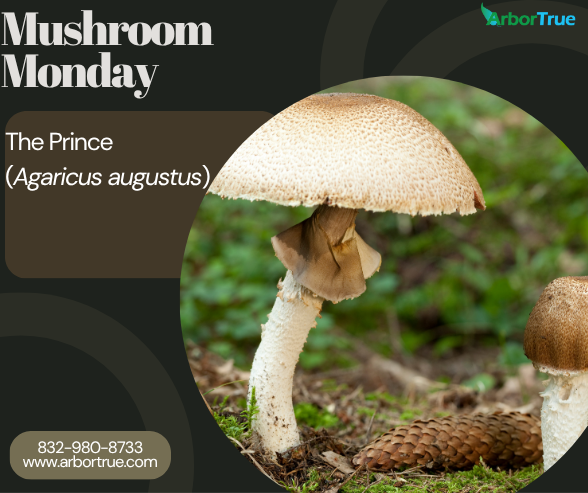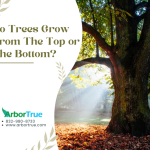
Do Trees Grow From The Top or The Bottom?
July 25, 2025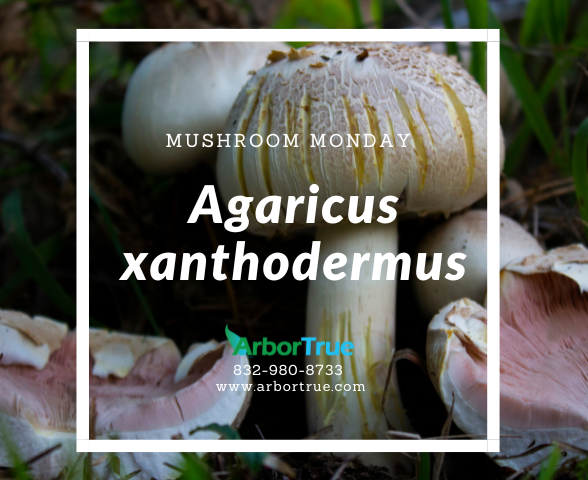
Mushroom Monday: Agaricus xanthodermus
Meet Agaricus xanthodermus, a common mushroom species in North America. It can often be found growing in urban grassy areas, cultivated soil, and even beneath spaced-out trees. This saprophytic mushroom helps break down organic matter, and it tends to appear either alone, in groups, or in loosely formed clusters. In some cases, it even grows in curved lines across the ground.
Overall Appearance
This mushroom is typically off-white to pale brown, with a dry, hairless cap that may display fine fibers. The cap often appears darker toward the center, and when young, its edges are rolled inward. One of its most noticeable features is how it reacts to touch: both the cap and the stem turn a bright yellow when bruised. This yellow staining later darkens to brown.
Cap Description
The cap measures between 6 and 15 centimeters across and starts convex in shape, flattening as the mushroom ages. It is relatively thin compared to its diameter and is dry to the touch. While the surface is hairless, it can have a finely fibrous texture.
Gill Description
The gills of Agaricus xanthodermus are not attached to the stem and may even stop short of it. These gills begin white, turn pinkish, and eventually darken to brown as the mushroom matures.
Stem Description
The stem ranges from 4 to 15 centimeters in height and is about a quarter as thick. It may widen slightly at the base and remains hairless throughout. When young, the stem is whitish but can take on a brownish tone as it gets older. Like the cap, it bruises yellow before fading to brown. This mushroom features a thick, flaring ring on the stem with a prominent edge, which also stains yellow when touched.
Distribution
Agaricus xanthodermus is found widely across North America. It grows in grassy areas in cities, cultivated soils, and open areas with scattered trees.
Relationship with Plants
This species is saprophytic, meaning it feeds on decaying organic matter rather than forming relationships with living plants.
Interesting Fact
Although other mushrooms turn yellow when bruised, this color change is one of the ways Agaricus xanthodermus can be identified.
Conclusion
Agaricus xanthodermus may be common, but it stands out for its bruising response and flexible habitat preferences. It’s another fascinating example of the diversity of mushrooms hiding in plain sight—even in our own backyards.
If you found this information about Agaricus xanthodermus helpful, check out our other Mushroom Monday posts on the TrueTreeTalk blog. Follow us on Facebook to keep up with these and other posts. Check out our list of blog posts grouped by topic for more to read. Also, follow us on LinkedIn for industry-related posts.
* * *
ArborTrue is a science-based tree service company in the greater Houston area. We also serve Austin and other parts of Central Texas. We provide a range of services including tree trimming, tree pruning, tree removal, tree planting, arborist consultations, and more. Call us today at 832-980-8733 (Houston) or at 512-546-3833 (Austin) or reach out to us online to schedule an appointment.
ArborTrue has a dedicated landscaping division, now serving select areas in the greater Houston region—with more locations coming soon. We specialize in organic practices, soil biology, and ecological health to help your entire landscape truly thrive. To learn more or schedule a consultation, contact us at landscape@arbortrue.com.

